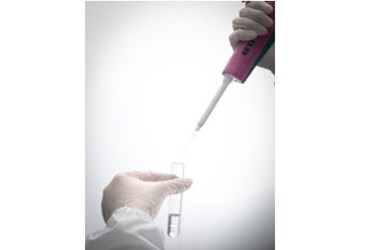Chemist Direct Reports Continued Benefits Of Stem Cell Research For Potential Tissue Regeneration

In the UK great steps of progress have been made in understanding the function of human stem cells in different stages of development due to the increase of medical research and commitment in both the government and private sectors.
London (PRWEB UK) - Research on how to harness the potential use of stem cells for common conditions is a worldwide subject of scientific discovery spanning over 3 decades. Incredible results in laboratory experiments have been recorded in 2013 for areas such as tissue regeneration for coronary disease, diabetes, cancer, Parkinson’s and Alzheimer’s disease. All stem cells, whether gathered from an early embryo, a foetus or an adult, have two key properties.
Stem cells have the ability to replicate themselves as needed and can generate any specialised cells that make up the tissues and organs of the body with proper direction. This opens up an exciting potential for the generation of therapies for repair and replacement of damaged and diseased tissues and organs, as models for the testing of new drugs and helping us to understand at a cellular level what goes wrong in many conditions. 1
Stem cells derived from bone marrow or fat has been found to improve recovery from stroke in experiments using rats. This study was published in BioMed Central's open access journal Stem Cell Research & Therapy early last year. Treatment with stem cells improved the amount of brain and nerve repair and the ability of the animals to complete behavioural tasks. Using stem cell therapy holds promise for patients but there are still many questions which need to be answered, regarding treatment protocols and which cell types to use. 2
Other areas in which stem cell transplants are already being successfully used in the clinic trials are for treatment for spinal lesions and the regeneration of epidermal surfaces and in leukaemia, where stem cells are replaced during stem cell-containing bone marrow transplants. 3 These treatments demonstrate the potential of stem cells and intensive research is being performed all over the world to improve our understanding of stem cells and how these can be used therapeutically for PD.
Recently published research by a team of scientists in Wales has shown early signs of being able to regenerate damaged heart tissue. By experimenting at Cardiff and Swansea university laboratories, a team of scientists working in the private sector hopes to develop new treatments for heart failure over the next five years.
In a statement for the research team Ajan Reginald said, "We've identified what we think is a very potent type of stem cell which is heart specific. The interim analysis looks very positive and very fortunately the study does show some signs of early regeneration. What the therapy does is reproduce more cells in large numbers to regenerate the part of the heart that is damaged. The first stage of clinical trial is now completed which was focused on safety.” 4
Further research during the next five years will produce more alternative solutions to diseases which currently have treatment but no permanent cures for. 5
References
1. http://www.hta.gov.uk/_db/_documents/stem_cell_pack_200806170144.pdf
2. http://www.parkinsonsnsw.org.au/assets/attachments/research/Stem-Cells.pdf
3. http://stemcellres.com/content/4/1/11
4. http://www.bbc.co.uk/news/uk-wales-25560547
5. http://www.cell.com/stem-cell-reports/abstract/S2213-6711(13)00126-4#Summary
Source: PRWeb
View original release here: http://www.prweb.com/releases/2014/01/prweb11457235.htm
